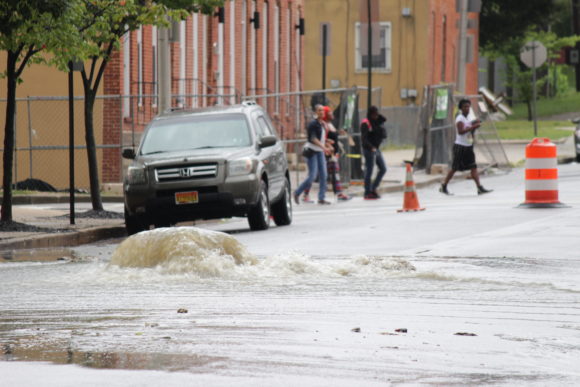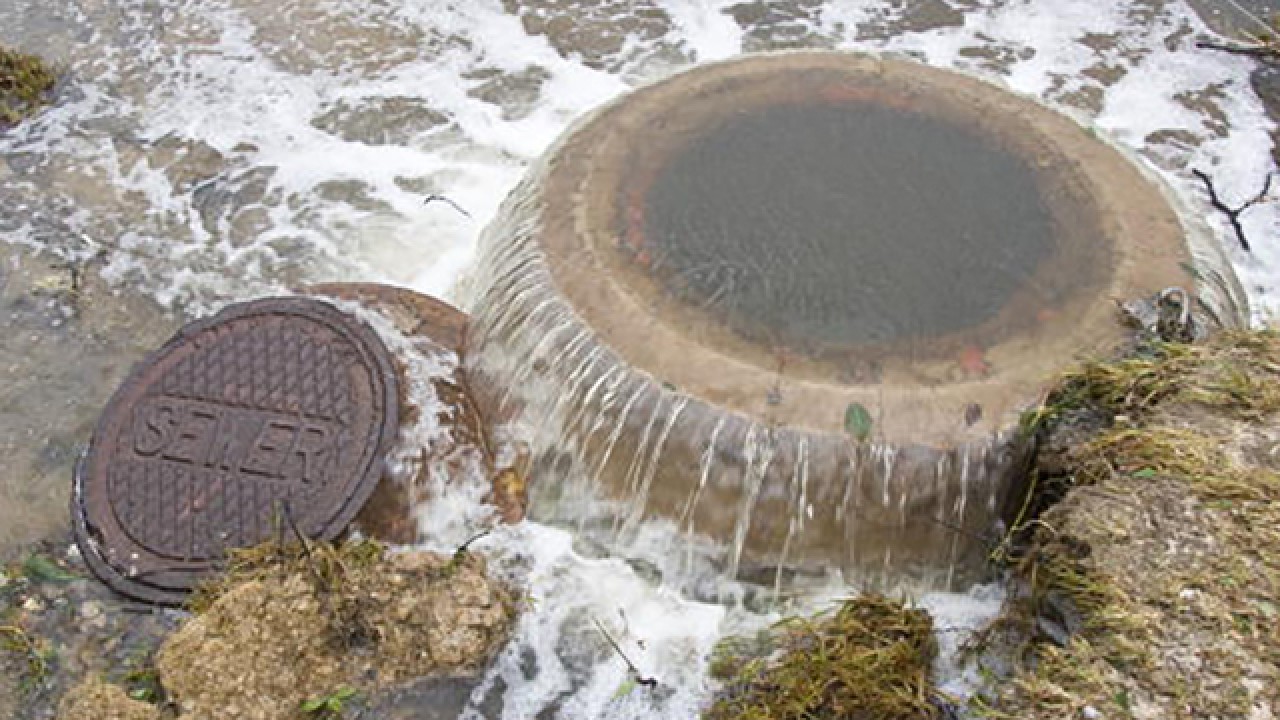In the wake of COVID-19, sewage backups are more dangerous than ever before
Sewage backups and overflows in Baltimore have been a major concern for years. The COVID-19 pandemic has made this issue that much more apparent.
Many residents who experience backups can’t afford the up-front cost of cleanup and disinfection, so they do the job themselves. But we know that COVID-19 – or SARS-CoV-2 – is potentially transmitted through sewage, and residents need immediate direct assistance with sewage backups to protect themselves and public health at large.
You may not be surprised to learn that I get public notices almost daily from Baltimore City’s Department of Public Works, alerting me that raw sewage has entered one of our local streams or the Harbor. DPW is required to let residents know when untreated sewage escapes our underground pipe network due to leaks, breaks, or inundation from stormwater during rain events. You can sign up to get these notifications, too.
But what may surprise you is that these same wet-weather sewage overflows are happening inside peoples’ homes across the City. We only learn about these residential sewage backups from the quarterly reports required by the Modified Consent Decree; but the City is behind on their reporting, and we haven’t seen any new data since September 2019.

Even without updated numbers, we know this is a serious problem. Our underground infrastructure is old and leaky, with cracks in the pipes causing raw sewage to seep into our streams and rivers every day. When it rains, the problems become even more apparent; sewage can erupt out of venting stacks and structured overflow points along our stream banks, and unfortunately, all too often, untreated wastewater flows up into residents’ basement floor drains, washing machines, and toilets.
That raw sewage carries human waste, toilet paper, pharmaceuticals, disease-causing pathogens, and all sorts of toxic chemicals from municipal waste-streams. All of that is bad enough, but now we know that SARS-CoV-2 is potentially transmitted through sewage. This makes sewage backups more dangerous than ever before.
Oftentimes, Baltimoreans suffer from sewage backups through no fault of their own; the pipes just aren’t big enough to carry all that water and waste. Baltimore City has been under a federal Consent Decree since 2002 to upgrade the pipes and stop the flow of sewage into our local waterways, and Blue Water Baltimore intervened in the process in 2016 to fight for a stronger agreement. We believe that fixing the pipes is of the utmost importance to the health of our city, its residents, and its waterways.
Thanks in part to our intervention, the City now operates an Expedited Reimbursement Program to help cover cleanup costs for residents who have experienced capacity-related sewage backups into their homes. But there are major flaws in the design and administration of the program, and the City’s own data says it isn’t working. In the first year of the Pilot Program, only 74 of the 4,500+ reported backups sought financial relief, and only 10 claims were partially or fully approved. Most people have no idea the program even exists.
When a sewage backup occurs, residents are forced to either utilize their homeowners insurance (and risk getting dropped for repeat claims), pay out-of-pocket for a licensed company to clean up the sewage (costs can be in excess of $10,000, whereas reimbursement caps at $5,000), or do what so many have done before: clean it up themselves.
During the current COVID-19 crisis, we are being implored to stand six feet apart; refrain from touching our faces; and religiously wash our hands. Where does cleaning up someone else’s human waste factor into these guidelines? If ever there was a case for direct assistance to residents for cleaning up sewage backups, this is it.
Other jurisdictions around the country under similar Consent Decrees will send a vacuum truck and certified professionals to clean and disinfect your home when a sewage backup occurs. If the backup is determined to be your fault, you pay for the services rendered. But if the problem is in the City’s pipes, you don’t pay. This seems fair, given that Baltimore’s leaky and undersized infrastructure is the result of decades of deferred maintenance and repair, and extremely wise, given the mounting human health threats associated with coming into contact with untreated sewage. If we viewed this epidemic of sewage backups as the true public health crisis that it is, we would have a direct assistance program too.
This spring has already been a wet one in the Baltimore region, and projections suggest that COVID-19 will be with us for many months to come. Combine this with a surge of people flushing paper towels, tissues, and non-flushable wipes into our already beleaguered sewer system since toilet paper is scarce, and we have a recipe for disaster. Increased sewage backups could potentially expose more people to this virus at the worst time imaginable.
Now, more than ever, we need Baltimore City decision makers to recognize this ongoing infrastructure problem as the public health crisis that it is. We need to fix the current ineffective Expedited Reimbursement Program and include direct assistance from trained, licensed professionals to keep our communities safe.
_____________________
Featured photo by Mike Theiss/National Geographic/Getty Images

